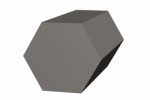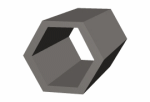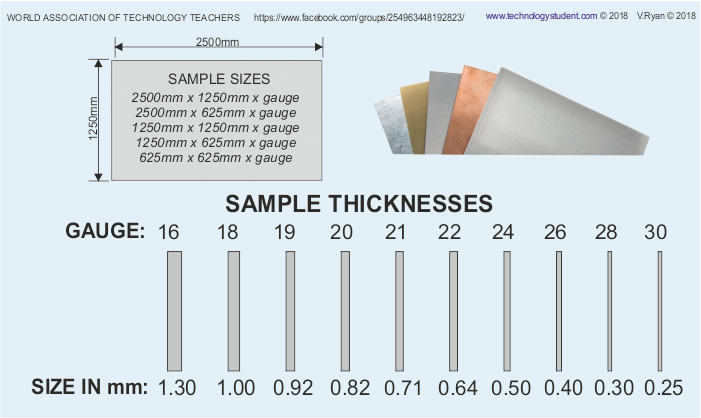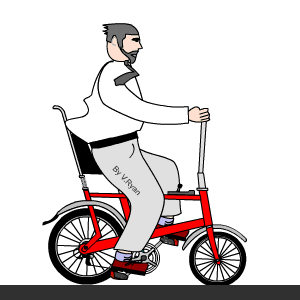|
|
|
CLICK HERE FOR
INDEX PAGE
MATERIALS RESEARCH
V. Ryan © 2001-
2021
|
| |
| YouTube Video - Introduction to Ferrous and Non-Ferrous Metals |
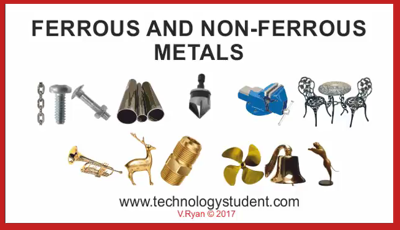 |
| |
|
FERROUS AND NON-FERROUS METALS |
| |
|
When attempting a project based on resistant materials
you must consider metals as part of your research. A vast range of metals
exist and they fit in two categories, ‘ferrous’ and ‘non-ferrous’ metals.
These metals can be used to build/manufacture an equally large range of
items. Study the properties of the materials below, you may find that they
are useful for your project. You may need to investigate metals further. |
| |
|
PDF FILE -
CLICK HERE FOR PRINTABLE EXERCISE BASED ON
TABLES BELOW |
| |
| POWERPOINT VERSION - PRINTABLE EXERCISE BASED ON TABLES BELOW |
| |
|
FERROUS METALS -
Metals that contain iron.
NON-FERROUS METALS -
Metals that do not contain iron |
| |
|
|
SOME FERROUS METALS AND PROPERTIES |
| |
|
NAME |
ALLOY OF |
PROPERTIES |
USES |
| Mild Steel |
Carbon 0.1 -
0.3%
Iron 99.9 -
99.7% |
Tough. High
tensile strength. Can be case hardened. Rusts very easily. |
Most common
metal used in school workshops. Used in general metal products and
engineering. |
| Carbon Steel |
Carbon 0.6 -
1.4%
Iron 99.4 -
98.6% |
Tough. Can be
hardened and tempered. |
Cutting tools
such as drills. |
| Stainless
steel |
Iron, nickel and
chromium. |
Tough, resistant
to rust and stains. |
Cutlery, medical
instruments. |
| Cast iron |
Carbon 2 - 6%
Iron 98 - 94% |
Strong but
brittle. Compressive strength very high. |
Castings,
manhole covers, engines. |
| Wrought iron |
Almost 100% iron |
Fibrous, tough,
ductile, resistant to rusting. |
Ornamental gates
and railings. Not in much use today. |
|
|
|
|
|
|
SOME NON - FERROUS
METALS AND PROPERTIES |
|
NAME |
COLOUR |
ALLOY OF; |
PROPERTIES |
USES |
| Aluminium |
Light grey |
Aluminium 95%
Copper 4%
Manganese 1% |
Ductile, soft,
malleable, machines well. Very light. |
Window frames,
aircraft, kitchen ware. |
| Copper |
Reddish brown |
Not an alloy |
Ductile, can be
beaten into shape. Conducts electricity and heat. |
Electrical
wiring, tubing, kettles, bowls, pipes. |
| Brass |
Yellow |
Mixture of
copper and zinc 65% - 35% most common ratio. |
Hard. Casts and
machines well. Surface tarnishes. Conducts electricity. |
Parts for
electrical fittings, ornaments. |
| Silver |
Whitish grey |
Mainly silver
but alloyed with copper to give sterling silver. |
Ductile,
Malleable, solders, resists corrosion. |
Jewellery,
solder, ornaments. |
| Lead |
Bluish grey |
Not an alloy. |
Soft, heavy,
ductile, loses its shape under pressure. |
Solders, pipes,
batteries, roofing. |
|


